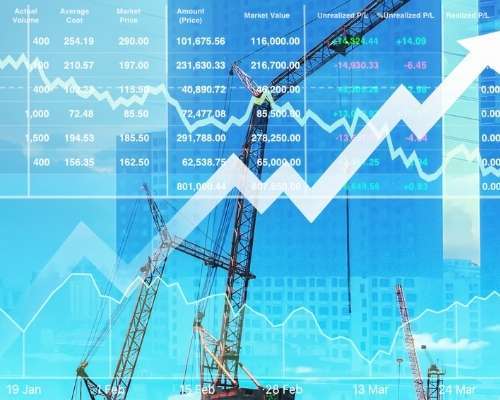3 Minute Read
November 9, 2021
0%

Construction forecasting can be a hard road to map due to the myriad variables that businesses face when planning, especially for large and complex projects.
Still, forecasting is a foundational aspect of any successful business, especially now. In the ongoing wake of the COVID-19 pandemic, the construction industry still finds itself in choppy waters. The phrase 'unprecedented times’ may be more tired than a bricklayer on Friday afternoon, but it does encapsulate the moment we are living in. Without similar business experiences to help us predict what will happen next, forecasting is even more important than ever before.
In light of this, construction forecasting must include as many information input points as possible, both from internal business and from the external landscape. For example, one new reality of the building and construction industry is the timber and building supplies shortages brought on by the economic fallout of the pandemic. Without in-depth forecasting and financial planning that accounts for these types of delays, projects and entire businesses stand the risk of severe road bumps.
A May 2021 survey of the Australian construction industry, conducted by Trimble Viewpoint, gave insights into the construction forecasting capabilities of project managers and finance leaders in construction companies. Respondents were asked how they feel their technology will support them now and in the future, and this revealed a dangerous void.

Only 11.1% of survey respondents in a finance role felt like they definitely had the right tech stack available to do their job well, while 72.2% deemed their software solution to be somewhat adequate for their job.
Furthermore, 33.3% of survey respondents in a finance role do not believe that their tech stack will be adequate to meet the company’s needs in the next 3 years. In fact, only 5.5% expressed absolute confidence in the future readiness of their tech stack.

Forecasting in project management is also emerging as a challenge with only 21.7% of survey respondents saying they feel somewhat confident in their ability to accurately forecast, and the remainder of respondents expressing moderate confidence or no confidence at all.

Additionally, 56.2% of respondents felt a need for better access to real-time data, illustrating the helpfulness of using cloud and mobile data technology when forecasting.
The end goal, then, is to create an environment of connected construction data. By creating an easy flow of information from all aspects of your business, both on-site and in the office, seeing what might come next becomes that little bit easier.
3 Minute Read
November 9, 2021
5 Minute Read
August 24, 2023
3 Minute Read
October 2, 2019